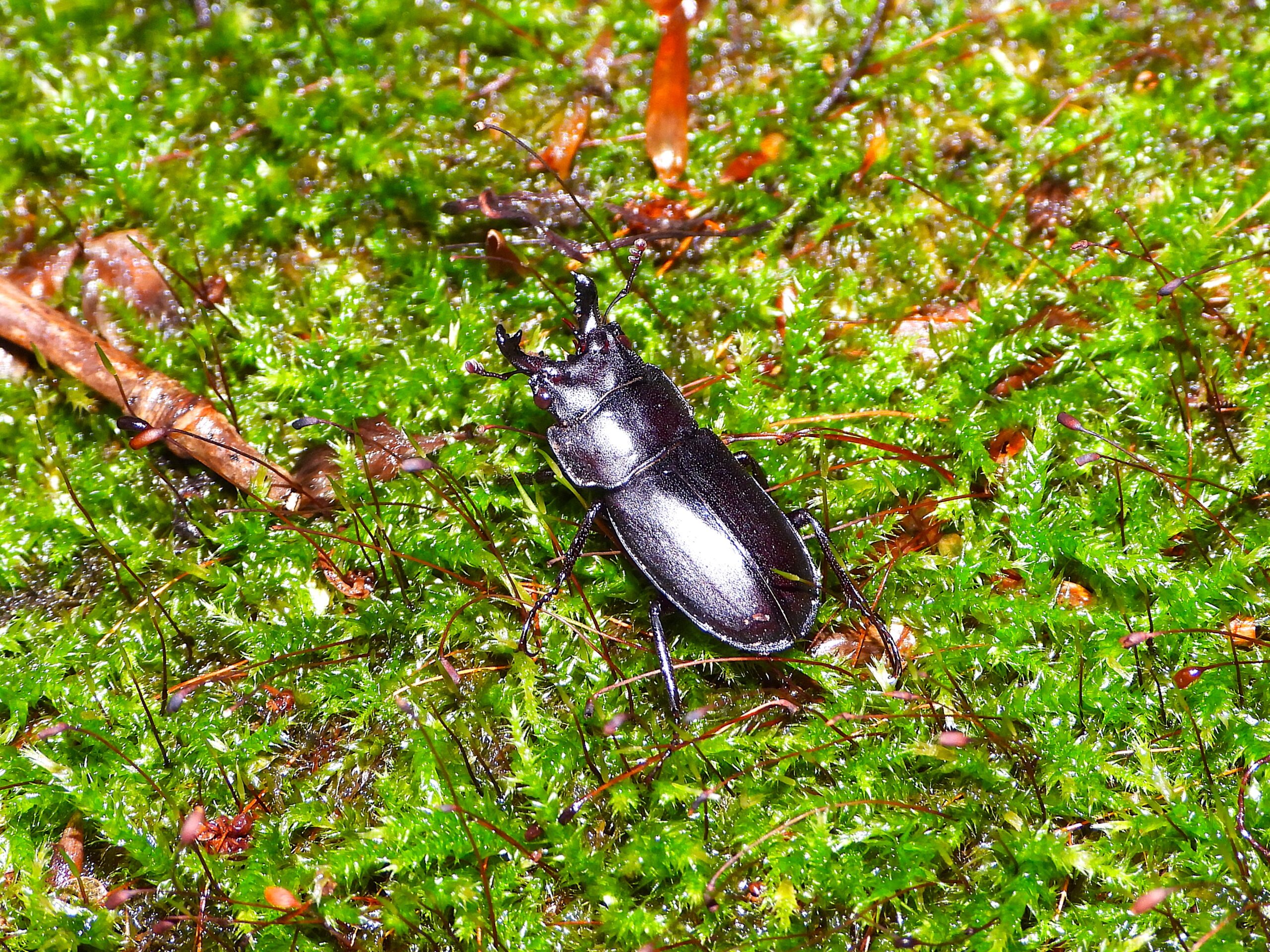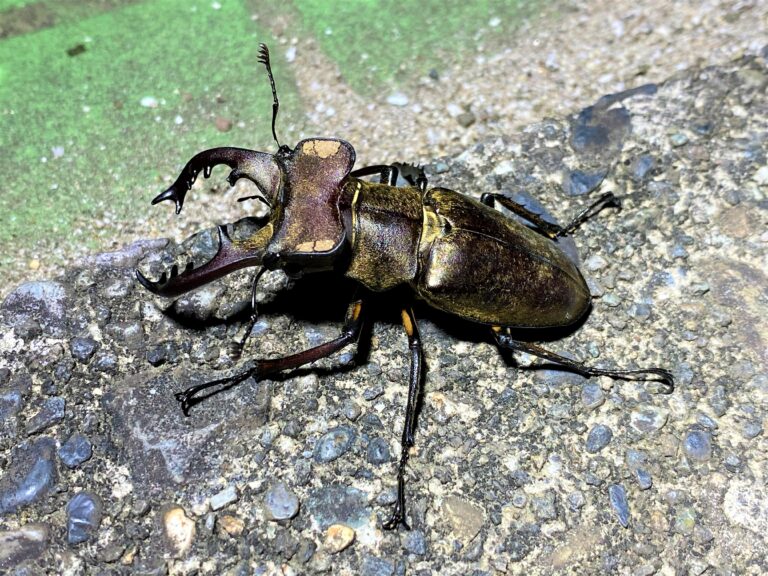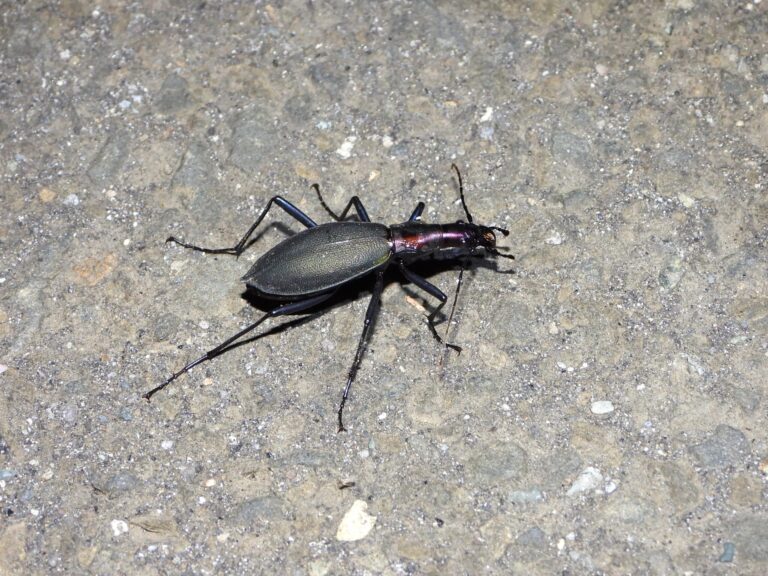Oni Kuwagata (Prismognathus angularis) – Wildlife of Japan
Introduction
Prismognathus angularis, commonly known in Japan as the Oni Kuwagata, is a small, mountain-dwelling stag beetle found only in Japan. Adults appear in midsummer and often fly to lights in cool upland forests.
Appearance
This species is compact and dark brown to black. Males have short, straight mandibles compared with other stag beetles, which gives them a sturdy appearance. Adult males measure about 16–27 mm, while females are around 15–23 mm.
Habitat & Distribution
Prismognathus angularis lives in cool, broadleaf mountain forests, especially in beech zones. It is widely distributed from Hokkaido to Honshu, Shikoku, and northern Kyushu. In these regions, it usually occurs at elevations between 800 and 2,000 meters.
Behavior
Adults are nocturnal and frequently attracted to lights. During the night, they may walk across fallen logs in the forest. Unlike many stag beetles, this species does not overwinter; instead, it has a short active period limited to late summer.
Diet
The larvae grow inside well-decayed hardwood, such as beech or oak. Adults seldom feed and mainly rely on the nutrients stored during their larval stage.
Reproduction
Females lay eggs in soft, rotting wood. The larvae develop through the season, then pupate in midsummer. New adults emerge around August or September, completing their life cycle within a single year since they do not survive the winter.
Conservation
Although not nationally endangered, this species faces local threats from forest loss and habitat fragmentation. Several prefectures, including Kyoto and Hyogo, list it in their Red Data Books. Consequently, preserving old-growth beech forests and leaving decayed wood in place is important for its survival.
Author’s Impression
This stag beetle is quite difficult to encounter in the wild. It prefers cool, highland forests—especially those dominated by beech trees. If you search along moss-covered fallen logs in such areas, you might be rewarded with a rare sighting.







